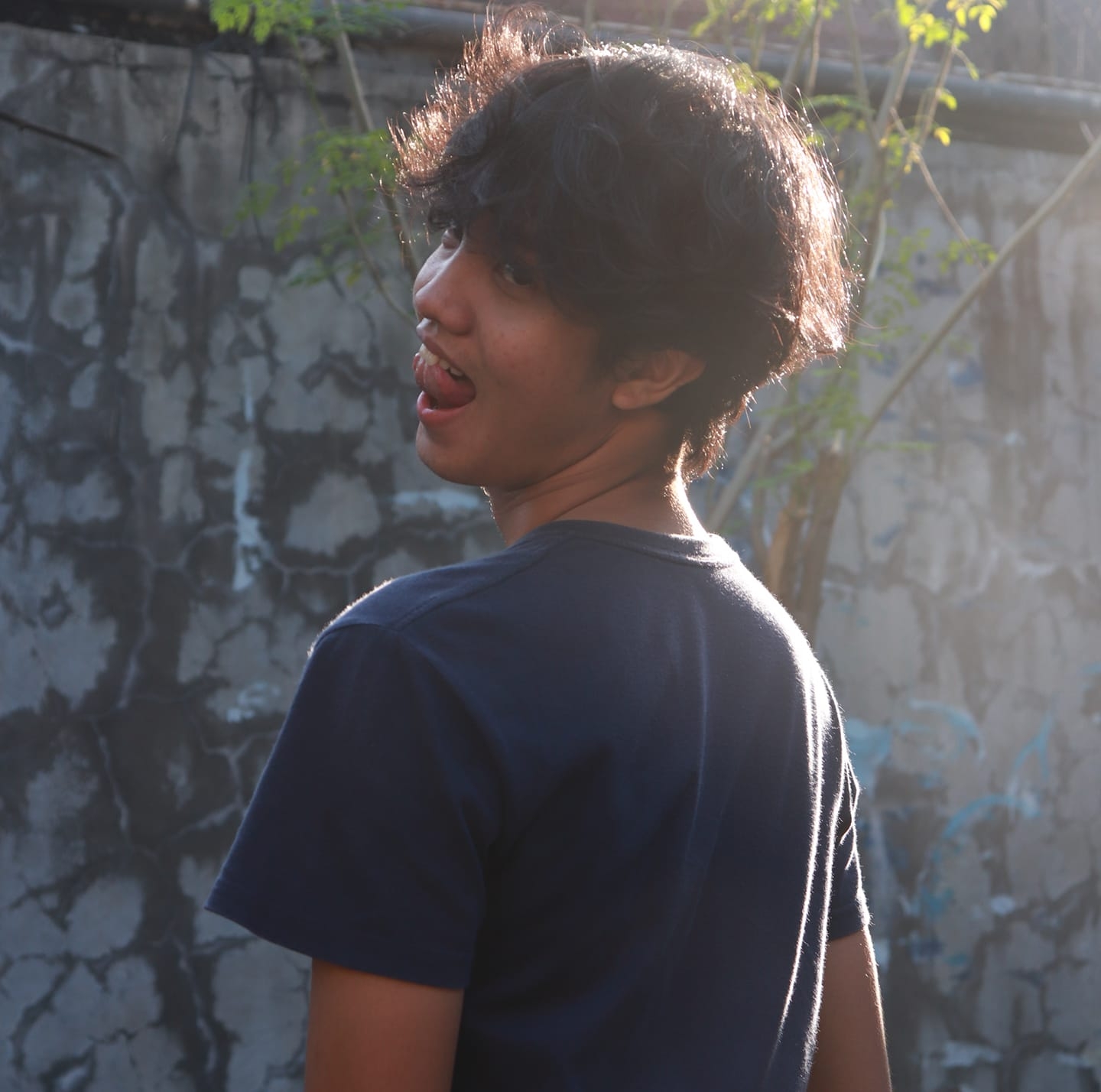
Khavn De La Cruz, or simply Khavn, is a Filipino director best known for his 2010 crime comedy film Mondomanila. His works never cease to emanate with his knack for creating gritty and unsettling features that defy the Philippine cinema landscape. However, Mondomanila overshadows his earliest attempts to dare the conventions of filmmaking. His Three Days Of Darkness: Zero, a prequel to his 2008 film Tatlong Araw ng Kadiliman, is one of his overlooked features. It is a surreal horror picture filmed in a coarse and discomforting manner, amateurish in layman’s terms while found footage-like to some. As Khavn pulled one of the most frightening phenomena prophesied to happen in the Book of Revelation as his setting, he rendered an unsettling possibility of being incarcerated as the darkness sucks up all hope, even the most faithful becomes weary.

Three Days Of Darkness: Zero starts inert rather than captivating since both the filming approach and colloquies are by all means unconventional. Three women trying to converse in a foreign language seem awkward from the beginning, and it does not play a significant role in the long run. What Khavn did in the kickoff that is supplemental to the film are the episodes of quietness in between conversations. Although they are obviously close, since they are casual while eating dinner together in someone’s house, the slips of awkwardness deliberately fabricate a sense of detachment and disparity within their circle.
Adding to the moments of reticence is the half-lighted house in their background. The unilluminated portions of the room that are picked up intentionally/unintentionally by the camera generate another layer of discomfort, but now in the sense of horror rather than social discomfiture. All of these uncomfortable feelings will worsen when they find themselves arguing about the religious phenomenon Three Days of Darkness.

After their argument, all the lights go off, indicating the start of the lightless event. In their first day dealing with the phenomenon, Khavn uses a “fuzzy” visual treatment, which perfectly coincides with the conceivable feeling of confusion once a person experiences such oddity out of nowhere. This hazy perspective allows us to experience their disoriented psyche. Maintaining this visual attempt with the remedy of glaring circus-like piano background music disturbs us more as our sense of sight and hearing perceive diverse notions about what is happening.
There are also short appearances of unknown figures in the lightless background, which poses another level of anxiety on the viewers. While these eerie presences are unheeded by the girlfriends, viewers can’t help but get engaged with the panic of the characters as the viewers experience their own horror from the phenomena.
When their candles run out, the film is photographed in night vision mode. Some horror devotees might remember this claustrophobic ambiance from a particular scene in Rec (2009) where the reporter is blinded by the darkness while a deformed human roams around the darkened room finding food. Khavn’s neat utilization of night vision dramatically portrays the caliginous atmosphere brought by the unexpected phenomena. It deviates from the usual depictions of people in lightless rooms in horror films. The darkness overwhelms the screen, the surviving girls, and the viewers as well. There is literally no room to breathe because simply looking at their helpless situation is suffocating enough and their vulnerability to danger and unknown entities keeps us in a state of excessive perturbation.
Khavn also utilizes this helpless atmosphere to toy with the women and bring out the worst in them. The whirlpool of emotions leads them to descend into madness. Their immobility paves the way for their enshrouded feelings to emerge, giving us a broader panorama of their characteristics and relationship dynamics. It also paves the way for their concealed sexuality and repressed passions to surface again, and we finally understand the tension that caused their aloofness even though they are buddies. Also, knowing that one of them is pregnant makes us more concerned with their situation.

When the final 30-minute mark commenced, we are deprived of visuals as Khavn uses sound to prolong the fear escalated by the consistently narrowing perspective of the camera. He shifts the origin of anxiety from restlessness to sightlessness. He lets our imagination run wild while he plays around with the sound, making the situation a lot more unnerving as it converts the distressing feeling of isolation to a feeling of eternal internal turmoil and fear. The only hint of life we get is from the final girl’s constant ravings about what is happening to her and her eldrich screeches. Letting us become speculative rather than being able to easily perceive things is one of the advantages of Khavn’s chosen premise and he utilizes it well with his calculated progression and payoff.
Its sequel, which shares the same story, is starred by mainstream actresses and shot in different places outside the house. The sequel failed to deliver as the actresses are used to only garner audiences. It also yielded on the hands of mainstream horror and does not have the grit and ingenuity of its predecessor. What makes Three Days Of Darkness: Zero supreme is the amount of creativity exerted in such enclosed space and limited resources. Although the film used amateur filmmaking and acting, Khavn’s unique vision for Three Days of Darkness: Zero is severely overlooked.
More Film Reviews
Tod Browning is best known for directing creepy, silent films such as Freaks and Dracula, but before he made movies, he was a circus performer and carnival sideshow host. Perhaps… Rave (Svartklubb) is a 2020 Swedish body horror film written and directed by Nils Alatalo in his first feature-length debut after graduating from film school. The film stars Isabelle Grill… Iconic is one of those films that looks great on paper: A slick, high-concept piece on the dangers of influencer culture, our tech-saturated reality, and the blurred line between online… Every year horror fans are inundated with a slew of holiday-themed horror, with a select few becoming instant classics. Even at Fantastic Fest, where we caught There’s Something in The… There are a few sins of horror movies making worse than the lack of originality. Every year theaters and streaming services are flooded with tepid horror movies churned out for… I’m no stranger to films about sentient cars. I probably watched The Love Bug no fewer than 563 times as a kid and my grandfather always had on reruns of…The Show (1927) Film Review- A Fun Silent Carnival Ride
Rave (2020) Film Review – We’re Off to the Discotech
Iconic (2024) Film Review – A Grungy Take on a Glossy Lifestyle
There’s Something in The Barn (2023) Film Review – If You Give an Elf a Lutefisk [Fantastic Fest[
Bad Bones (2022) Review – Low-Budget Horror with Major Creep Factor
King Car (2021) Film Review – Talking Cars, Activism, and Metaphors!

I am a 4th year Journalism student from the Polytechnic University of the Philipines and an aspiring Filmmaker. I fancy found footage, home invasions, and gore films. Randomly unearthing good films is my third favorite thing in life. The second and first are suspending disbelief and dozing off.




